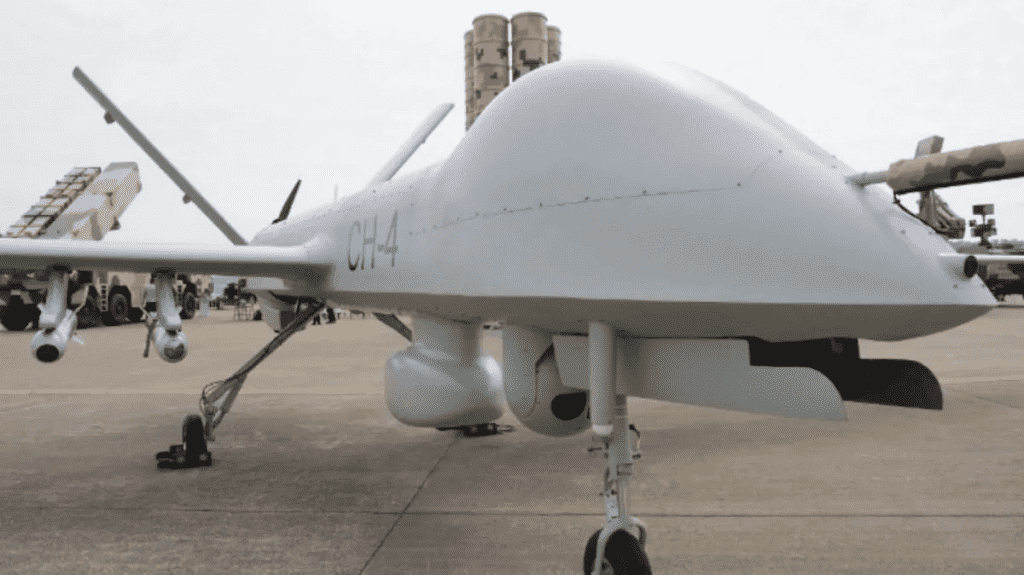China is making huge advancements in warfare technology. There is no denying that the country is amongst the leading defence spenders globally, and with this luxury afforded, they are adding new dimensions to warfare.
China’s FH-95 is just another example of this sort. The drone only has a one-ton takeoff weight, can carry a 250-kilogram payload, and has a 24-hour flight endurance giving China another jump in the electronic warfare ability.
Apart from undertaking conventional drone tasks such as armed reconnaissance, border patrol and maritime surveillance, the FH-95 can form part of more giant drone formations and provide electronic warfare support to human-crewed and unmanned aircraft. Chen Jianguo, the ATFTC’s general manager and researcher, recently stated that drones capable of electronic warfare would become indispensable in future warfare.
These drones are capable of performing remote detection outside defended areas, acting as tactical feints, and performing saturation attacks alongside manned aircraft. Global Times also gathered from ATFTC that the FH-95 would be able to provide electromagnetic interference to cover an attack by FH-97 stealth drones to penetrate and destroy air defences, followed by an attack using more traditional FH-92A attack drones.
The most critical implication of the electronic warfare drone is that it would devastate high-tech forces reliant on networks and unmanned combat systems. Now just imagine the same damage in multiplied manifolds; if a swarm of electronic warfare-capable drone attacks, what would be the magnitude of loss? Massive.

China’s electronic warfare advancements have also put the US in jeopardy. For example, America’s latest doctrine, the Joint All-Domain Command and Control (JADC2) project, relies extensively on sensor-to-shooter links between drones and long-range missiles. Now China can render the JADC2 useless or ineffective.
Furthermore, the advances in radar warning receiver electronics have made the components smaller and lighter. These can easily be mounted on a drone and used. They can also be employed as signal intelligence assets. The most impressive feat is that they can be used as an alternative to satellite navigation systems, should the latter be jammed or go out of order for a score of reasons.

But that’s not it; national security analyst Zachary Kallenborn notes in a 2022 article for the Modern War Institute that drones rely heavily on satellites. Disrupting the signals and creating an electromagnetically unstable environment will render the drones incapable. Moreover, with the pace with which global powers are pursuing antisatellite warfare capabilities, it is not a very distant scenario where drones would have to scramble for survivability or access to satellite signals.

He also states that drones and their advancements, if not checked, can evolve from psychological weapons to weapons of mass destruction. Moreover, he argues that if these drones get into the hands of anti-state elements, then just with a minor software tweak, they would be able to use them to their benefit, putting the lives and holdings both of civilian and military nature at risk.
Nonetheless, drones’ viability in warfare and civilian domains can not be denied. Let’s hope that the technology is used for beneficial means and not for disruptive and destructive motives.


